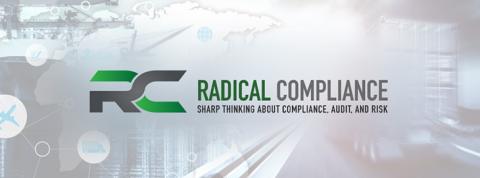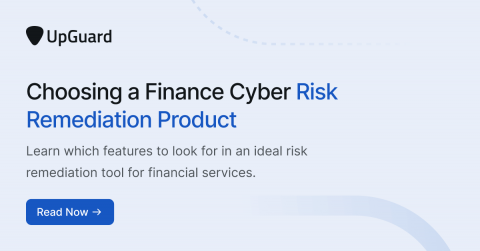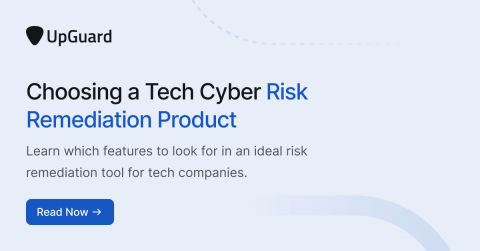Top 5 Security Vulnerabilities of 2023
2023 is a year of “digital forest fires.” The MOVEit and the Barracuda Networks’ email supply chain attacks underscore the massive butterfly effect a single software flaw can have on the threat landscape. Supply chain attacks spread like a forest fire. Once cybercriminals compromise widely used software, attackers gain access to potentially all organizations that use that software.









